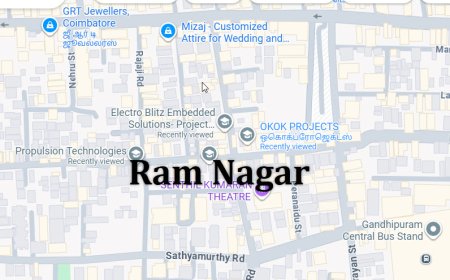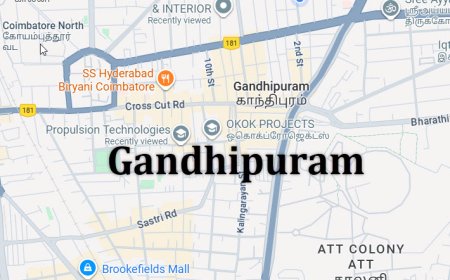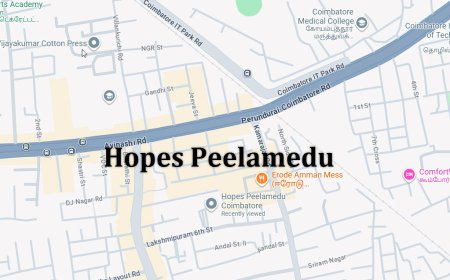Handle Curve Crashes in Vehicular in Python Projects
Handle Curve Crashes in Vehicular in Python Projects
Handle Curve Crashes in Vehicular in Python Projects
Abstract
Curve-related crashes are a common cause of vehicular accidents, often resulting from high speed, poor road conditions, or driver inattention during turns. The project Handle Curve Crashes in Vehicular Systems using Python Projects focuses on developing an intelligent system that detects and predicts risky maneuvers on curves to prevent accidents. Python is used as the development platform due to its powerful libraries for data processing, machine learning, and sensor integration, including Pandas, NumPy, Scikit-learn, TensorFlow, OpenCV, and Matplotlib. The system collects data from vehicle sensors, GPS, and onboard cameras to monitor speed, steering angle, road curvature, and environmental conditions. Machine learning and deep learning models are applied to identify high-risk situations and generate real-time alerts or corrective actions, improving road safety and reducing curve-related crashes.
Existing System
Existing vehicular safety systems primarily rely on manual driver control, road signage, or basic electronic stability programs (ESP) and anti-lock braking systems (ABS) to reduce crash risk. While these technologies improve overall vehicle safety, they are often reactive rather than predictive and do not specifically address curve-related risks. Some advanced driver-assistance systems (ADAS) use lane departure warnings, adaptive cruise control, or collision detection sensors, but these systems may fail under complex road geometries, high-speed curves, or poor visibility. Moreover, traditional methods often lack integration of real-time predictive analytics that consider vehicle dynamics, road curvature, and driver behavior simultaneously, limiting their effectiveness in preventing curve crashes.
Proposed System
The proposed system introduces a Python-based predictive framework to detect and mitigate curve-related vehicular crashes. Vehicle sensors (speed, acceleration, steering angle), GPS, and camera data are collected and preprocessed to remove noise and standardize inputs. Features such as current speed relative to recommended curve speed, steering behavior, road curvature, and environmental conditions are extracted. Machine learning models such as Random Forest, Gradient Boosting, Support Vector Machines (SVM), and Artificial Neural Networks (ANN) are trained to classify risk levels of curve navigation. The system can also incorporate deep learning models like LSTM or CNN-LSTM to handle temporal sequences of sensor data for more accurate prediction. Real-time alerts are provided to drivers or autonomous vehicle controllers when a high-risk curve situation is detected, enabling corrective actions such as speed reduction or automated steering adjustments. By integrating predictive analytics, sensor fusion, and machine learning, this approach enhances road safety, reduces curve-related accidents, and supports intelligent vehicular systems.
What's Your Reaction
 Like
0
Like
0
 Dislike
0
Dislike
0
 Love
0
Love
0
 Funny
0
Funny
0
 Angry
0
Angry
0
 Sad
0
Sad
0
 Wow
0
Wow
0































